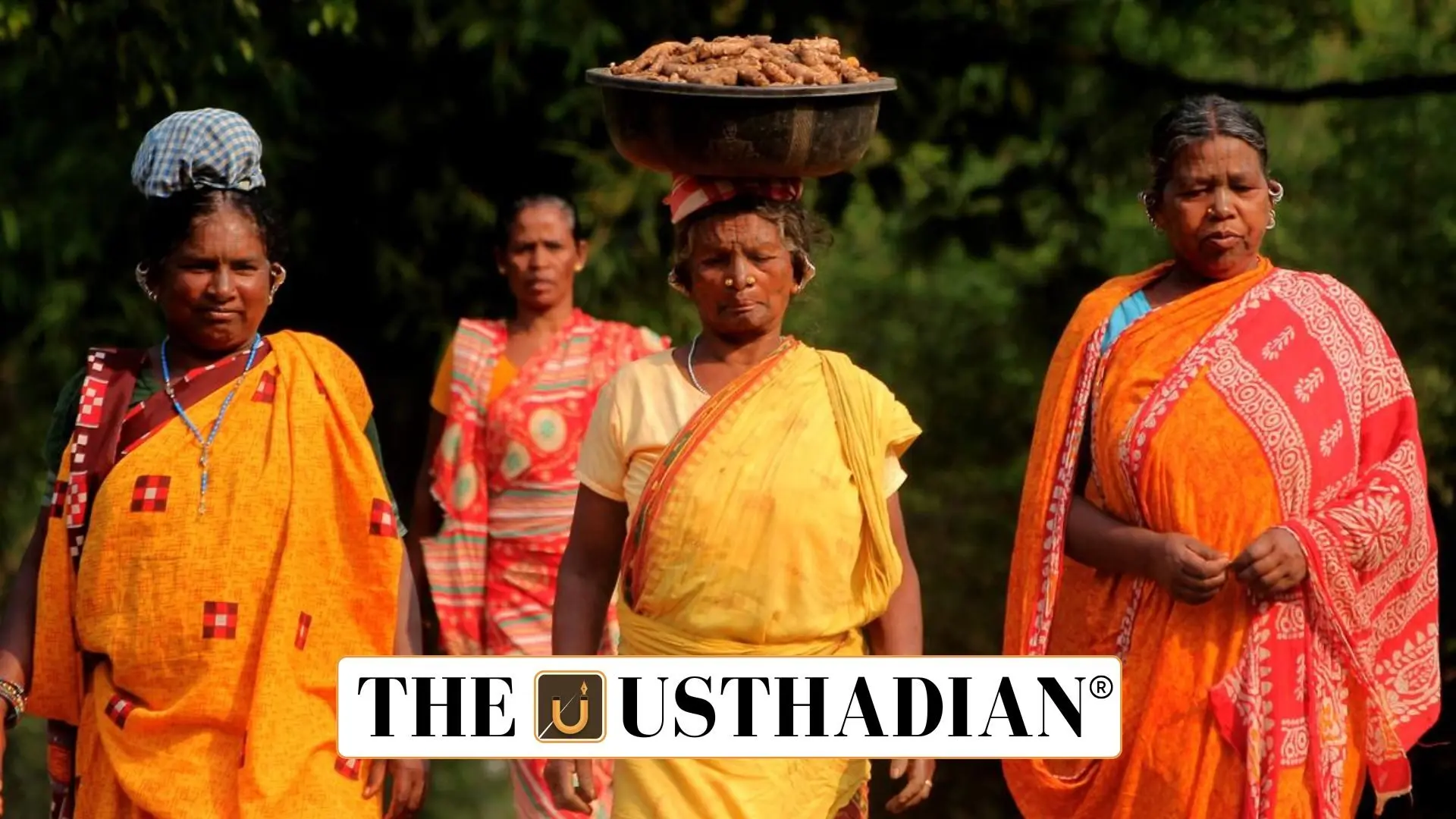History Etched on Skin: Why Kandha Women Had Facial Tattoos
Kandha Women’s Facial Tattoos: A Fading Symbol of Resistance and Identity: Among the Kandha women of Odisha, facial tattooing was never just about aesthetics. These geometric facial tattoos, often applied at the age of 10, had a deeper, painful origin. They were meant to protect tribal girls from sexual violence during the colonial and feudal era. By marking themselves visibly, girls reduced their chances of being targeted by British soldiers, landlords, and local rulers. These tattoos thus became an unspoken symbol of resistance and self-preservation, not adornment.The tradition has now faded with changing times, but its legacy speaks volumes about how marginalized communities navigated centuries of exploitation.
Understanding the Kandha Tribe: Language, Lifestyle, and Distribution
The Kandha tribe is the largest tribal group in Odisha, comprising 17.13% of the state’s tribal population as per the 2001 Census. They are Dravidian language speakers, using Kui and Kuvi. The tribe identifies itself as Kui loku, Kui enju, or Kuinga, all derived from their language roots.
Most Kandhas live in nuclear families, with joint families being rare. Their settlement is spread across south and central Odisha, especially in the Kandhamal, Rayagada, Koraput, and Kalahandi districts. Agriculture, forest produce, and animal rearing form the backbone of their rural economy.
PVTG Sub-Groups: Kutia Kandha and Dongria Kandha
Among the many Kandha subgroups, two are listed as Particularly Vulnerable Tribal Groups (PVTGs) — Kutia Kandha and Dongria Kandha. PVTGs are a special subcategory among Scheduled Tribes, facing low literacy, pre-agricultural livelihoods, and economic backwardness.
India has 75 PVTGs, and Odisha alone accounts for 13, making it the state with the highest number of PVTGs. The Dongria Kandha are internationally recognized for resisting bauxite mining in their sacred Niyamgiri Hills, upholding both cultural heritage and environmental protection. The Kutia Kandha, on the other hand, are known for their distinct housing — homes built 2 feet below road level, maintaining traditional architecture that aligns with their cultural ethos.
A Cultural Shift: From Survival to Empowerment
Today, fewer young Kandha women carry facial tattoos, marking a shift from survival-based traditions to new forms of empowerment. Access to education, awareness of rights, and improved policing have reduced the need for such extreme forms of self-protection. However, the story behind the tattoos continues to symbolize tribal resistance and resilience, making it an important part of India’s socio-cultural narrative.
Organizations and anthropologists now focus on preserving this tradition through photography, oral history documentation, and cultural exhibitions to educate newer generations about their ancestral legacy without encouraging its revival for cosmetic reasons.
STATIC GK SNAPSHOT
| Feature | Details |
| Tribe Name | Kandha (also Khond) |
| Languages Spoken | Kui, Kuvi (Dravidian family) |
| PVTG Sub-Groups | Kutia Kandha, Dongria Kandha |
| Location | Odisha (Kandhamal, Rayagada, Koraput, etc.) |
| Notable Fact | Facial tattoos for protection |
| Cultural Movement | Niyamgiri Hills protest by Dongria Kandha |
| Odisha PVTG Count | 13 (Highest in India) |
| Census Share in Odisha Tribals | 17.13% (2001 Census) |








